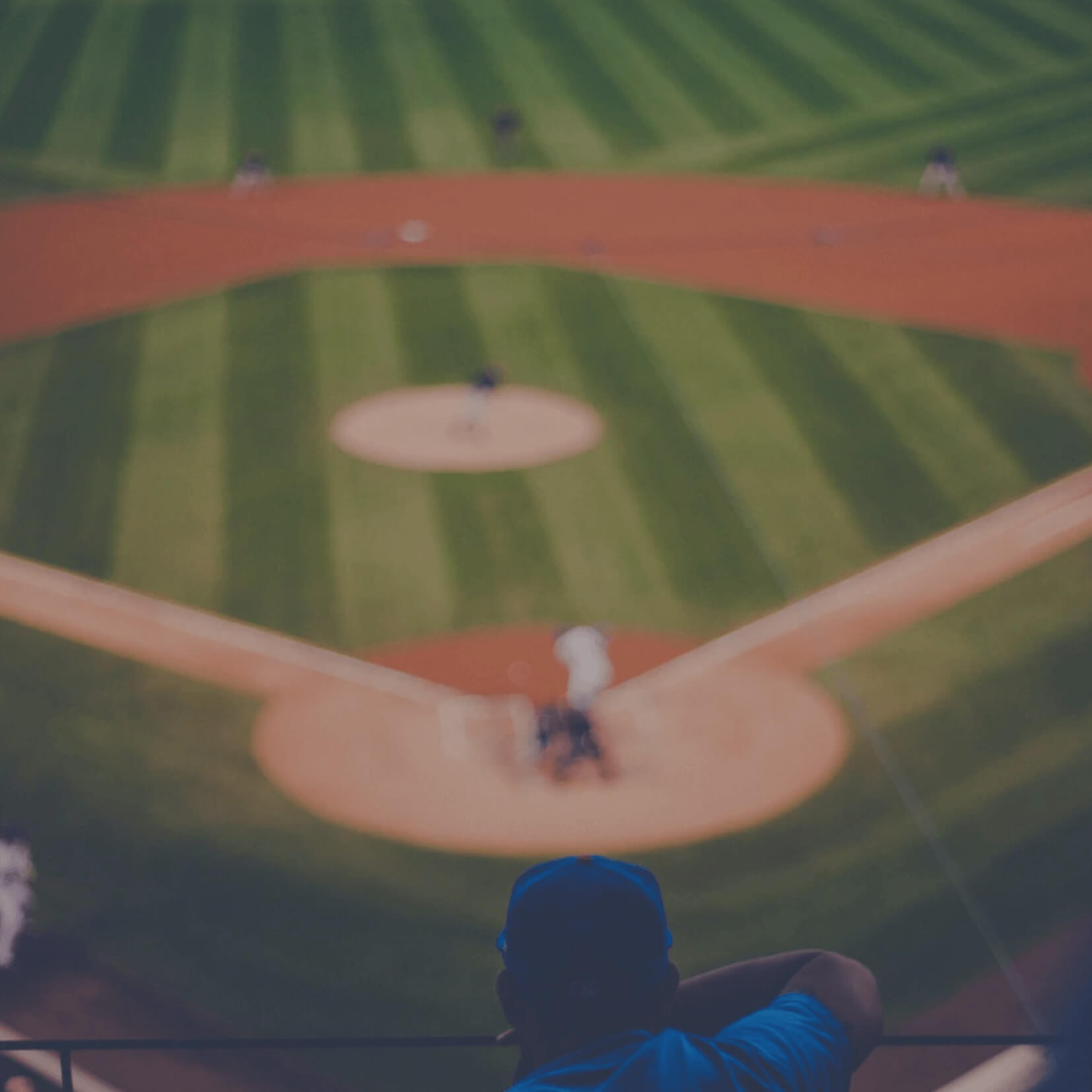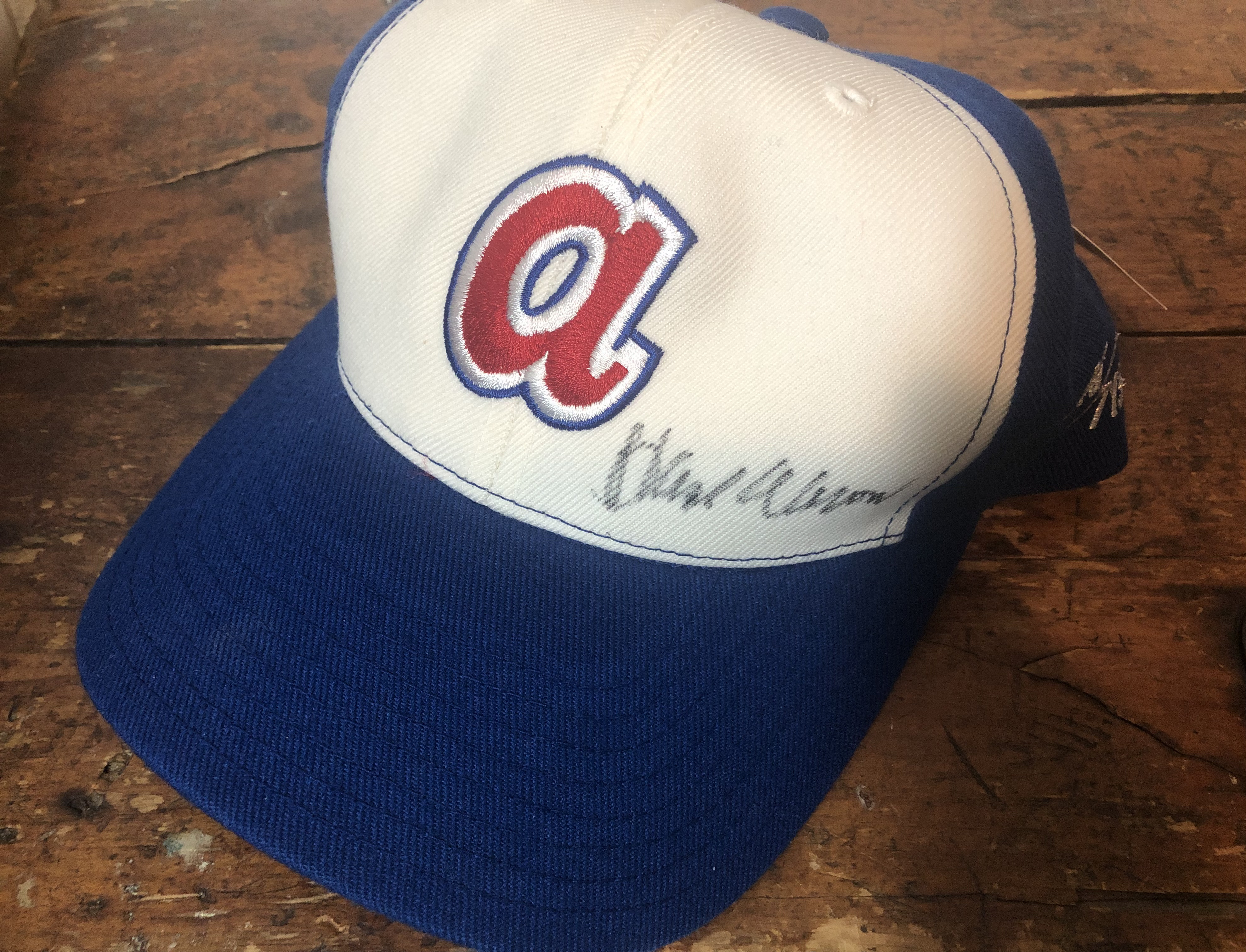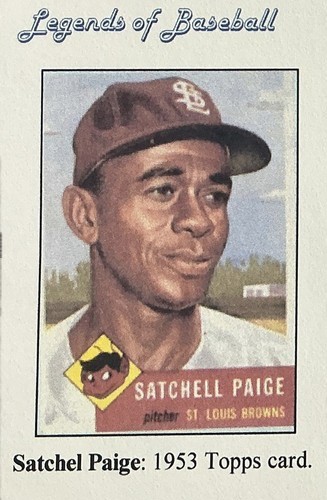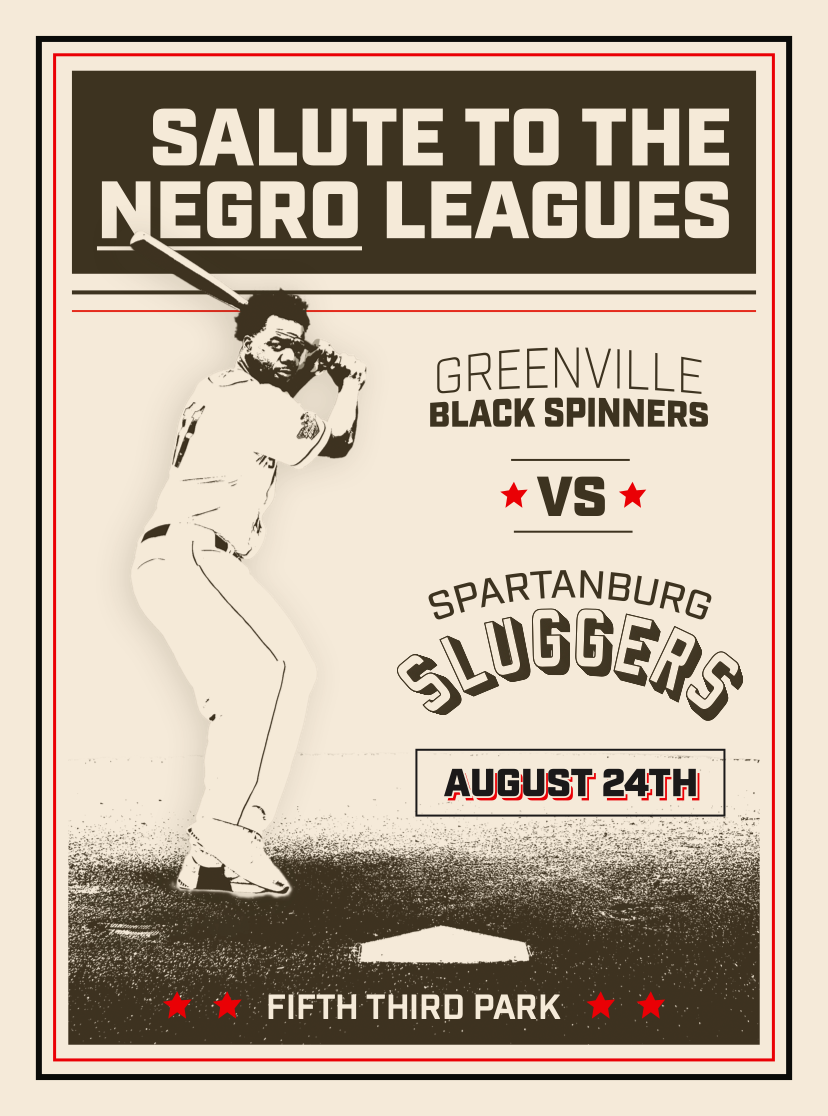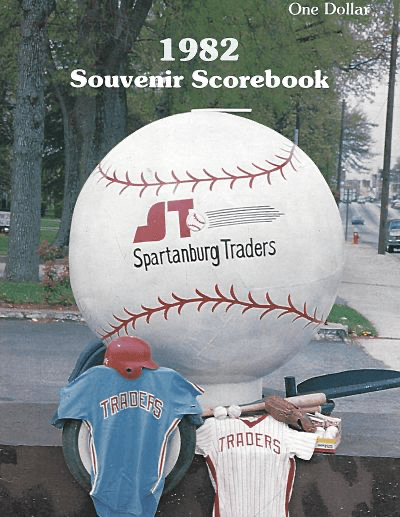
What's in a Name? The Many Mascots of Spartanburg Baseball
Dr. Edwin C. Epps
What's in a name? In sports, quite a lot. In baseball, sometimes myths and legends. The name “Yankees” conjures a pantheon of the sport’s greatest players. “Wrigley Field” and “Fenway Park” are the holiest of holy MLB venues. The Atlanta “Braves” were home to “Hammerin’ Hank” Aaron, one of the noblest and most beloved players of all time. Ted Williams was “Teddy Ballgame,” Pete Rose “Charlie Hustle,” and Ty Cobb the “Georgia Peach.”

What's in a Name? The Many Mascots of Spartanburg Baseball
What's in a name? In sports, quite a lot. In baseball, sometimes myths and legends. The name “Yankees” conjures a pantheon of the sport’s greatest players. “Wrigley Field” and “Fenway Park” are the holiest of holy MLB venues. The Atlanta “Braves” were home to “Hammerin’ Hank” Aaron, one of the noblest and most beloved players of all time. Ted Williams was “Teddy Ballgame,” Pete Rose “Charlie Hustle,” and Ty Cobb the “Georgia Peach.”
In sports, quite a lot. In baseball, sometimes myths and legends. The name “Yankees” conjures a pantheon of the sport’s greatest players. “Wrigley Field” and “Fenway Park” are the holiest of holy MLB venues. The Atlanta “Braves” were home to “Hammerin’ Hank” Aaron, one of the noblest and most beloved players of all time. Ted Williams was “Teddy Ballgame,” Pete Rose “Charlie Hustle,” and Ty Cobb the “Georgia Peach.”
Some baseball names were affectionate: “Goose” Gossage, “Catfish” Hunter, “Cool Papa” Bell, and “Pop” Lloyd. Some were awe-struck: “The Left Arm of God” Sandy Koufax, “Mad Dog” Greg Maddux, and “Iron Man” Cal Ripken, Jr. Some embodied the essence and heart of their teams: Tom “The Franchise” Seaver,” Tony “Mr. Padre” Gwynn, and Lou “The Franchise” Brock. Some expressed power: Frank “The Big Hurt” Thomas, Cy “Cyclone” Young, and “Home Run Frank” Baker. Others zeroed in on a player’s unique value: Stan “The Man” Musial, Mickey “The Mick” Mantle, Al “Mr. Tiger” Kaline, Reggie “Mr. October” Jackson.
Occasionally nicknames reflected notoriety, backhanded compliments, or grudging admiration: The Chicago “Black Sox,” Leo “The Lip” Durocher, Gabby “Old Tomato Face” Hartnett, and Joe “Ducky Wucky” Medwick. Sometimes they seemed downright unkind” Rougned “Stinky” Odor, Jeffrey “Penitentiary Face” Leonard, and Willie “Puddin’ Head” Jones.
Closer to my home, baseball nicknames and team mascots have had a mixed history. The “Spartanburg Peaches” were a Cleveland Indians franchise of the 1950s named after the local orchard crop that usually produced more peaches than the ironically named nextdoor “Peach State” of Georgia. Before the Peaches, the early twentieth-century “Spartanburg Spartans” stole their foreboding nickname from that of Col. Daniel Morgan’s heroic regiment during the Revolutionary War. And the “Spartanburg Sluggers” were our long-lived Negro Leagues team whose name embodied the power they longed for although it was often their pitchers’ skill that most favorably impressed both White and Black fans who came to see them and sat in segregated sections of Duncan Park stadium during the Jim Crow era.
The heyday of baseball in Spartanburg was during the tenure of the Spartanburg Phillies from 1963 through 1994, when the players on the field included future Major League Baseball Hall of Famers Scott Rolen and Ryne Sandberg as well as more than 125 other future MLB players. The Phillies were an affiliate of the Major League Phillies in the City of Brotherly Love, and in the 1960s the team set a Minor League attendance record (1966), their GM Pat Williams was named Minor League Executive of the Year (1967), and the 1966 team was named one of the 100 best Minor League teams of all time in 2001.
Spartanburg loved the Phillies and the Phillies loved Spartanburg, but during the 1980s the team had fallen upon hard times. The decade was characterized by the failures of Reaganomics, a serious recession, and the 1987 stock market crash. The AIDS crisis added an extra measure of gloom, and as the national mood sank lower and lower, its tentacles reached out to Spartanburg. The economic situation affected Duncan Park baseball as it did the rest of the nation. During the glory years of Pat Williams’s tenure as GM, Phillies attendance had averaged well over 110,00 per year and reached a record high of 173,010—or 2,746 fan per game, an amazing figure in a ballpark designed for 2,500—in 1966. In the 1970s by contrast, attendance would exceed 50,000 fans in only one year, and in 1979 it was only 28,960 or just 417 fans per game.
The result of falling attendance and thus revenues and profits in the 1980s was a succession of changes in team ownership, with accompanying changes in team names and mascots. In November of 1979, Dr. Frank A. Weir, Jr., and local attorney James Shaw bought the Phillies with the intention of implementing a “fun for the family” atmosphere and changes like weekly bingo games, later starts on Wednesday nights when many locals attended midweek church services, and beer sales. The team also held a renaming contest, which produced the name “Traders,” which Dr. Weir said reflected “the idea of a world trade center. Spartanburg does a lot of international trade [in textiles and chemicals] and has its own free port so Traders seems very fitting.” The team announced a confident goal of attracting 70,000 fans in 1980.
Ninety-eighty attendance, however, rose by only a little less than 7,000 fans, and it fared only a little better in 1981 (43,404) and 1982 (falling back to 40,288). By 1983 the Weirs were done, and they sold the team to Dixie Professional Sports, owned by out-of-state partners, who renamed the team again, this time to the “Spinners.” In some ways Spinners seemed a logical choice: Spartanburg had long been known as a textile hub, and Spinners worked the looms in the local mills. The problem was that Greenville, South Carolina, just thirty miles up the road from Spartanburg, had already had two teams named the Spinners: a White Minor League team that played from 1907 to 1962 in eight different leagues and had been an affiliate of the Washington Senators, Chicago White Sox, Brooklyn Dodgers, and Los Angeles Dodgers; and a Black Textile League team, the poorly documented Greenville Black Spinners. Greenwood, South Carolina, also had a team called the “Colored Spinners.”
The Spinners’ name lasted only the one year 1983, during which attendance was 57,331, still an average of only 802 fans per game, before the team was sold to Florida resident Lou Eliopulos and again renamed, this time becoming the “Spartanburg Suns.” This name had no connection whatsoever with the City of Spartanburg, and so when Eliopulos subsequently encountered substantial financial and legal reversals and the team was purchased by another out-of-town partnership, this one in Harrisburg, Pennsylvania, no one local was surprised that the team name reverted to “Phillies,” the name by which they were known for the remainder of their tenure in Spartanburg.
More recently, the choice of “Hub City Spartanburgers” as the name of the new Class B Minor League team which will begin play in the brand new Fifth Third Bank Park in the spring of 2025 has occasioned more than a little commentary. The name was chosen to celebrate the City of Spartanburg’s historic standing as a “hub city” of regional railroad traffic, to acknowledge the long-standing familiarity of the “spartan” epithet, and to recognize the emerging reputation of the “'Burg” as a center of culinary excellence, especially for its burger joints and more casual eating establishments. Some locals, however, had difficulty accepting the name since it reflected that of a failed wooden bat league team also named the “Spartanburgers,” a team belonging to the Coastal Plain League, whose anticipated inaugural season of 2020 was derailed by COVID and whose 2021 season was less successful than hoped for.
The original Spartanburgers departed the scene after just one season. The “Hub City Spartanburgers,” however, an affiliate of the Texas Rangers, are owned by the hugely successful Diamond Baseball Holdings; they have been embraced by City, County, and State governments; and their new stadium is being financed and constructed by respected local and regional corporations with a history of success. So although one local citizen told me that he had “never ever heard residents of Spartanburg called ‘Spartanburgers,’” the team’s future looks bright.
In Old Possum's Book of Practical Cats, T. S. Eliot writes, "The Naming of Cats is a difficult matter,/It isn't just one of your holiday games." It's true in baseball too: the naming of teams is more than a holiday game.
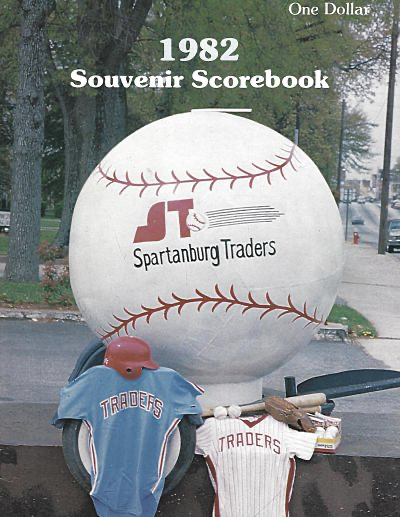
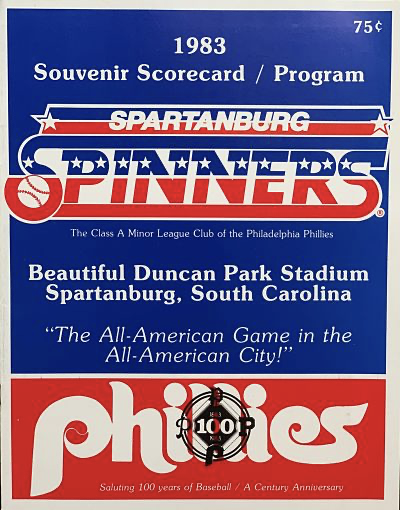
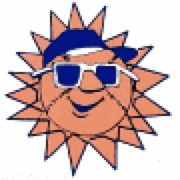
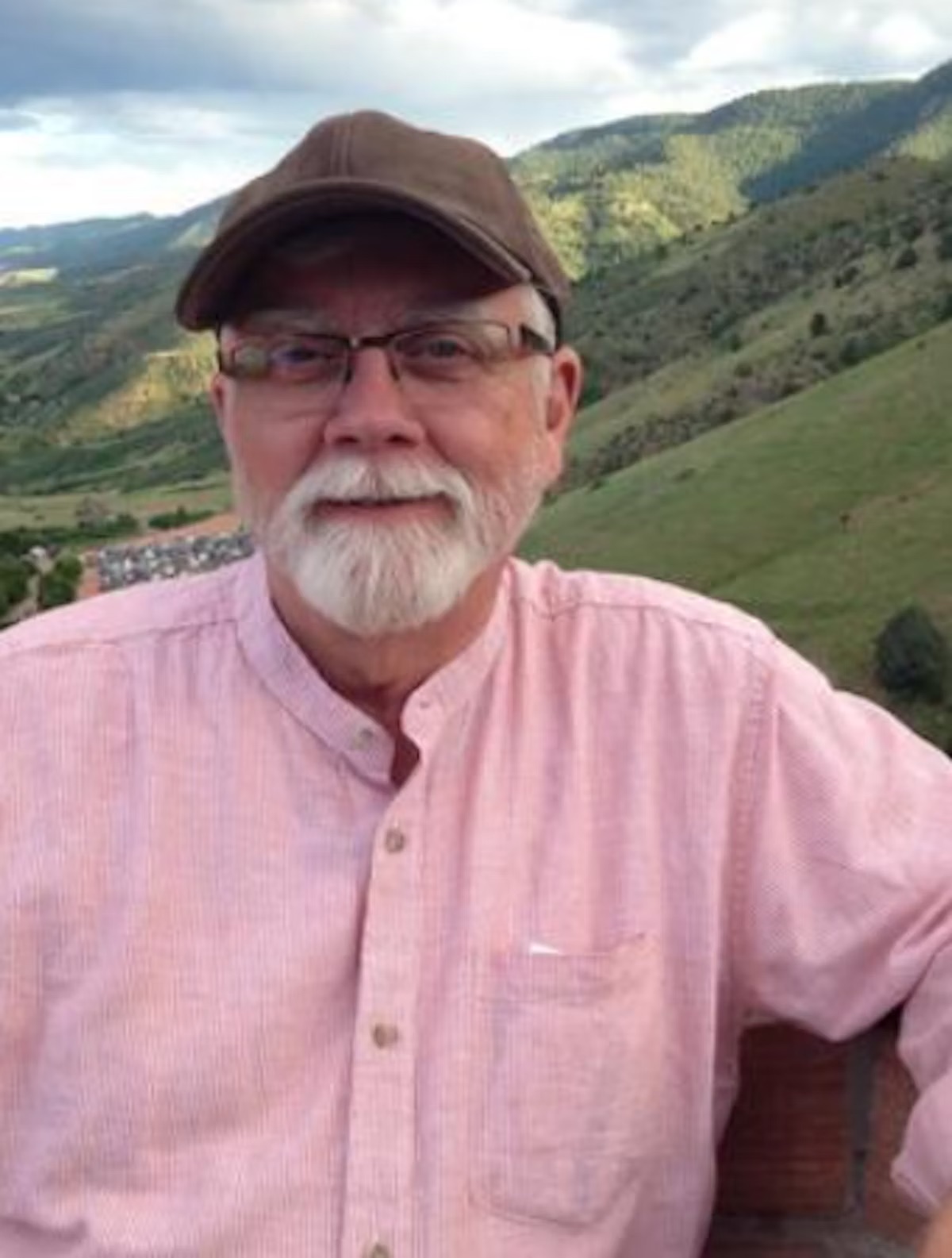
Dr. Edwin C. Epps
Author
Dr. Edwin C. Epps is a retired educator with more than forty years' experience in public school classrooms... He is the author of Literary South Carolina (Hub City Press, 2004) and a proud member of Phi Beta Kappa who believes in the value of the humanities in a rapidly changing world.
